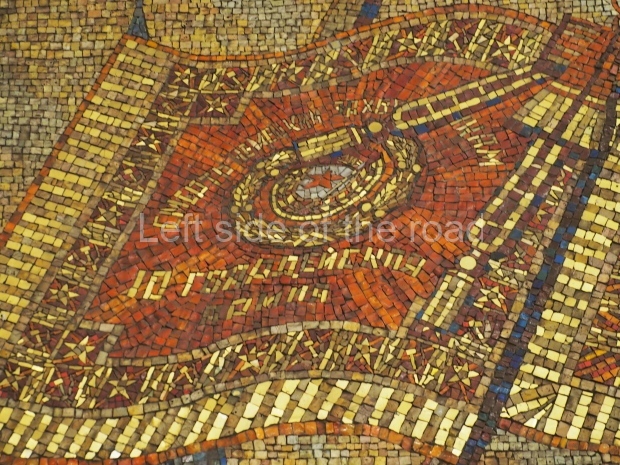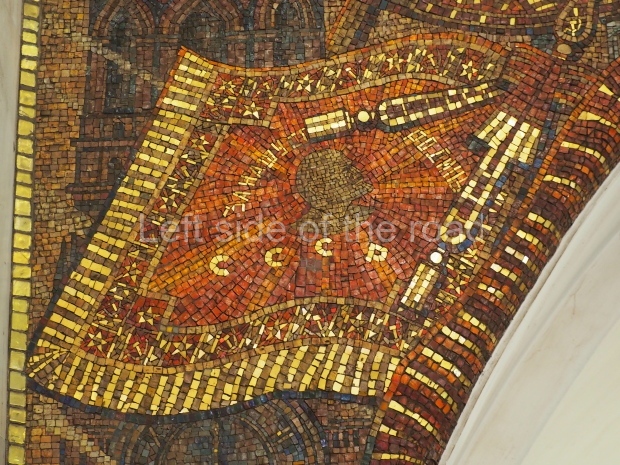Art as a means of promoting Socialism in Albania
Socialist mosaics and bas reliefs in Albania
The Albanian Cultural Revolution
Articles and speeches from leaders and commentators, during Albania’s Socialist period, on the Cultural Revolution, literature and art.
Enver Hoxha – On the Intellectuals
Theses drafted for discussion at the meeting of the Bureau of the Party Committee for the city of Tirana which, on March 21, 1958, was to take up with the consideration of the report ‘On the work for the education of intellectuals’.
The Socialist Cultural Revolution and the People’s National Culture
The creation of a new culture, the spreading of it among the broad masses, the revolutionary ideological formation of the working people, is one of the most fundamental tasks of the construction of socialism and, at the same time, one of the greatest achievements following the people’s revolution.
Literature and the arts should serve to temper people with class consciousness for the construction of socialism, the closing speech delivered at the 15th Plenum of the CC of the PLA, October 26 1965. Published in Enver Hoxha, Selected Works, Volume 3, pp 832-859.
Enver Hoxha – The need for a Cultural Revolution in Albania
The section entitled ‘The further deepening of the ideological and cultural revolution’ comes from the Report of the Central Committee of the Party of Labour of Albania presented by Enver Hoxha at the Fifth Congress of the Party, held at the beginning of November 1966.
Intensify the ideological struggle against alien manifestations and liberal attitudes towards them, Enver Hoxha – from the Report submitted to the 4th Plenum of the Central Committee of the Party of Labour of Albania, June 26 1973, Selected Works, Volume 4, pp812-849.
Culture People’s Heritage, Naim Frasheri Publishing House, Tirana, 1973, 88 pages. A review of Albania’s Cultural Heritage and how, after the liberation of the country from Fascism in 1944, the people were able to appreciate this historical treasury for the first time.
This article first appeared in New Albania, No 6 1977. It is being reproduced here in an effort to counter the false claim that Albania, during it’s period of Socialist construction, was a state that was purposely isolating itself from the rest of the world, as well as putting the concept into a contemporary context.
This speech of Enver Hoxha from 1965 is reproduced here as part of the collection of material from Albania that relates to the concept of a ‘cultural revolution’ – the struggle of ideas in the construction of Socialism.
Writers and artists are assistants of the Party for the Communist education of our people, Enver Hoxha, Speech delivered at the meeting of the Secretariat of the Central Committee of the Party of Labour of Albania concerning the implementation to date of the tasks in literature and art set by the 4th Plenum of the CC of the PLA, December 20th 1974, from Enver Hoxha, Selected Works, Volume 4, 8 Nëntori Publishing House, Tirana, 1982, pp888-917.
On literature and art – 1949-1980, November 8th Publishing House, Ottowa, 2023, 219 pages.
A selection of speeches and articles by Comrade Enver Hoxha on all aspects of the role played by literature and art in the struggle for the construction of Socialism, spanning most of the years of the existence of the People’s Socialist Republic of Albania.
Also articles on the Albanian Cultural Revolution can be found in the pages of the magazines Albania Today and New Albania.
Related links;
Enver Hoxha
Memoirs, diary selections and compilations of articles


















































